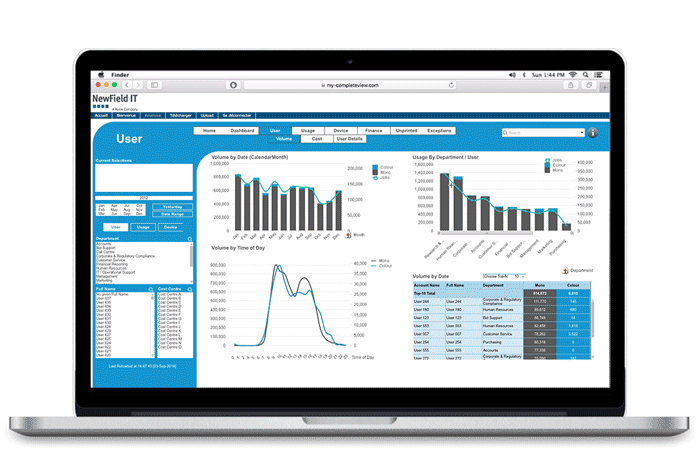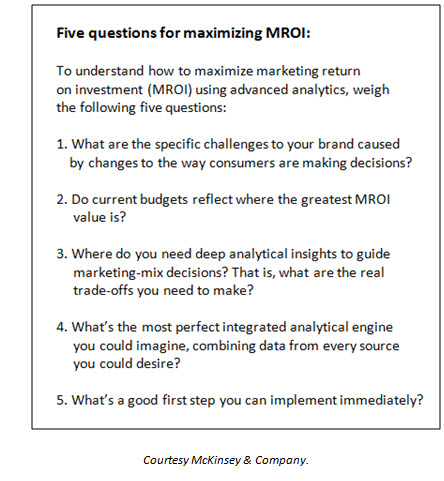
Guest post by Bob Hoskins, Head of Innovation, NewField IT, A Xerox Company
Users are the “root cause” of print. Without a user, a multifunction printer (MFP) is useless. That’s why a holistic view of a document or a device environment must involve users, too. What user analytics can reveal is just as important as what can be learned about devices.
As MPS has evolved, so have the analytics that support it. In the early stages, the analytics focus was on device optimization and making sure service delivery fulfilled its promise. It’s harder to justify user analytics at this early stage, but as organizations move beyond the basics into advanced MPS maturity, the ROI gets more complicated, and analytics become critical. As the device fleet gets optimized, the next step is optimizing print use, and that requires understanding users. Only through analytics can enterprises capture the information they need.
With the knowledge gained from user analytics, enterprises can:
- Identify printing peaks, so service teams can adjust device resources accordingly.
- See who prints a lot, who’s using color or duplex, or who prints outside of work hours.
- This data helps enforce print, security and sustainability policies.
- Achieve better control over printing today and plan for future needs.
- Identify process points that are candidates for digital transformation.
Let’s drill down into some of the applications of user analytics in an enterprise:
Informed decision making. Analytics deliver insights that management can use to make fact-based decisions. Because of the connection with security and costs, user analytics provides a level of data worthy even of C-level attention.
Global print policy consistency. Employees in different countries and cultures may have different printing philosophies. User analytics benefit global companies, because no matter where devices and users are, the print policy can be monitored for consistency. Why does print policy matter? Security, cost control and sustainability, for starters.
Fast, accurate cost allocation. By knowing who’s printing what, companies can accurately allocate printing costs even across multiple locations and departments. Finance can look at print by divisions to see how much they’re spending.
Time management. One retail employee was spending 6-7 hours a week analyzing output data for the management team. With user analytics, the task is now down to less than hour. That’s high-impact time-savings.
Information security. User analytics identify gaps in your security practices. This is a real concern, as companies can easily suffer a data breach from unauthorized printing. Some analysts put this number as high as 70 percent of companies experiencing at least one data breach through printing. User analytics are widely popular with the financial sector, but understanding and tracking user behavior is huge in any industry where security is important, and there’s sensitive information to protect.
Print policy coaching, not catching. User analytics have been part of NewField IT for several years, and we consider ourselves a paperless organization. Why does a paperless company need to analyze user print data? New hires join our company every few months, and working paperless is sometimes a difficult transition for them. We use analytics to monitor them on a monthly basis. If we see new hires having trouble adhering to print policy, we can coach them.
Digital transformation. At end of the day, organizations not only want to reduce costs and save trees, but also transform their company digitally. Paper will be used less in the future, requiring fewer output devices. Employees will continue bringing their own devices to work, and even now, most millennials use their smart phones, not laptops. Understanding how this impacts your document strategy is a challenge, but don’t ignore the changes along the way. Instead, let user analytics inform how you respond to an increasingly digital workforce.
Each organization will have their own goals, challenges and applications for user analytics. What they all have in common is the opportunity to benefit from the user data.




The link to the video is broken.
Thanks for letting us know. We’re working on getting it fixed. I’ll send you a private message, too, with the updated link.
The link is still broken
Thank you, John. We removed the link for now to investigate. Will repost if it can be repaired.